Motorola Droid 3 Review - Third Time's a Charm
by Brian Klug on July 30, 2011 12:01 AM ESTCamera - Stills and Video
The Droid 3 includes a nicely improved rear-facing 8 MP camera. Without doing much more than looking at the back of the device, you can see that gone is the dual-LED flash system, and in its place is a single LED solution which seems to be equivalently bright. For comparison, recall that the Droid 2 had a 5 MP rear facing camera and no front facing camera.
I did some poking around and discovered that the Droid 3 uses an OmniVision OV8820 for its rear facing 8 MP camera, and an OmniVision OV7739 for its front-facing VGA camera. OV8820 is relatively par for smartphone 8 MP sensors, at 1/3.2” size and capable of delivering both 1080p30 and 720p60. Pixels on the OV8820 are 1.4 microns square and backside illuminated (thinned using OV’s back-grinding process) just like their other comparable sensors.
The front-facing OV7739 is again VGA, and designed with package thickness (just 3 mm) in mind. It can capture VGA at 30fps and QVGA at 60fps. Of course, the VGA sensor is correspondingly smaller at just 1/7.5” with 3 micron square pixels.
We did the usual thing and took photos with the Motorola Droid 3 at our test locations (which continue to be in a state of flux, with a few spots totally inaccessible - only 3, 4, 6 and 7 are left), in our lighbox with and without the LED flash for comparison, and some general everyday photos around town. Stills taken on the Droid 3 are much improved over the Droid 2. By comparison, the Droid 2’s lightbox photo looks noisy and lacks much dynamic range in the dark camera barrel. Note that I maintain the distance from camera to subject, and the difference in apparent size comes from a change in focal length from 4 mm on the Droid 2 to 4.6 mm on the Droid 3.
With the lights on, the Droid 3 is a definite improvement over the Droid 2 and other 8 MP smartphone cameras. However, with the lights off, it's often a crapshoot. The software doesn't pre-illuminate the scene for autofocus, instead only flashing a quick autoexpose test flash and then the photo. As a result, it took many, many attempts to get an even questionably focused shot in the dark.
Stills on the Droid 3 are captured at 3264 x 2448 size when the 4:3 aspect ratio is selected, which I guess brings me to the next set of things that are changed - the camera application. With the camera shutter button gone, the Droid 3 camera UI now features a shutter button center on the right side of the UI instead of top right. There’s a button for toggling the front and rear facing camera, and down below between still and video.
Hit menu, and you can see what else is different. The menus have been consolidated into a single strip which goes along the bottom of the camera UI. The same core camera functionality remains - camera effects (filters), a few shooting modes (scenes), panorama, brightness, and flash modes. What’s changed is that the shooting resolutions and modes are now super simplified - what remains are a widescreen (6 MP) and non-widescreen (8 MP) capture mode, and nothing more.
It’s a very Apple-like approach (whose iOS camera has no resolution options), and I think it makes sense, since most of the time there really isn’t a reason to capture in anything but the highest resolution. Maybe a 2x2 binned-mode resolution for more light sensitivity would make sense, but nothing outside those two sets seems requisite considering it’s all just a software decimation at that point anyhow.
The Droid 3 allows for above average capture speed. I was able to mash the capture button on numerous occasions and capture as fast as the button appeared after the extremely short preview and shutter animation finished. The Droid 3 certainly seems faster than the Android paradigm of capture, preview (and covertly write out the buffer), then allow for another frame to be captured, which often takes 5 or more seconds. I show the Droid 3 shooting video pretty quickly in our video review overview.
Regardless, the Droid 3’s improved camera now is up to par and slightly better than the competition 8 MP cameras based on Samsung sensors in some of HTC’s phones in the right conditions. One thing is certain though, things have improved considerably since last year’s 5 MP and 8 MP cameras took stage.
The next subject is of course how video capture fares on the Droid 3. The two most interesting Droid 3 video shooting modes are 720p30 and 1080p30, which record at bitrates of 10 and 15 Mbps, respectively, with 128 Kbps, 44.1 KHz AAC stereo audio.
What’s impressive about the Droid 3’s OMAP4430 SoC is that it can encode high profile H.264 video. Though there’s still only 1 reference frame and no B-frames, that’s still much better coding than what Tegra 2 or Snapdragon have to offer with their baseline encoders. In addition, the OMAP4 video encoder implements 8x8 size macroblock partitions (8x8DCT), which enables considerably better quality and better encoding than the default 16x16 that other baseline encoders are using. According to further OMAP 4 documentation, it’s possible for the IVA-HD encoder in OMAP4430 to work at up to 20 Mbps 1080p30.
Samsung’s Exynos is the only other SoC I know of that does high profile H.264 encoding (17 Mbps, CABAC, 1 reference frame), every other SoC we’ve seen to date just does baseline. At this point, it looks like OMAP4’s video encoder is definitively better than both Tegra 2’s and Snapdragon’s.
I again did the usual thing and shot some videos with the Droid 3 at our test location, and zipped them up for your perusal, but per our media streamer and video guru Ganesh’s suggestion, decided to tweak things around for an even better comparison. In addition to the normal test location video, Ganesh suggested shooting video on the device-under-test alongside a reference camera for comparison. I grabbed a dual bracket camera mount, smartphone mount, and monopod and headed out to shoot some side by side video with the Droid 3 alongside a Canon Vixia HF11 I use.
Droid 3 Video
Vixia HF11 Video:
Originally I thought the Vixia HF11 I use was shooting 1080p30, however it turns out that even in 30p mode it actually is capturing 60i. Originally Ganesh and I were concerned that the Droid 3’s video looks juddery, it turns out that this shudder/jitter is just because of the difference in 30p (Droid 3) and 60i (Vixia). The Droid 3 is again impressive, easily capturing the top quality crown in our opinion for smartphone video quality. Well deserved kudos to Motorola and TI with the OMAP 4430 encoder. You can download the zip of the HF11 and Droid 3 videos shot on the same bracket and play them back on your own as well.


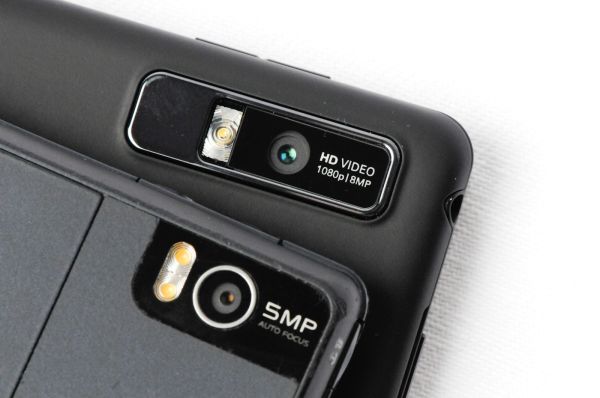
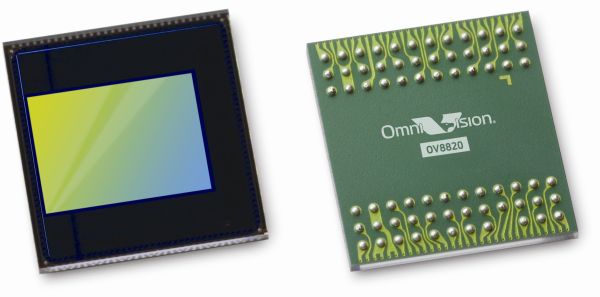
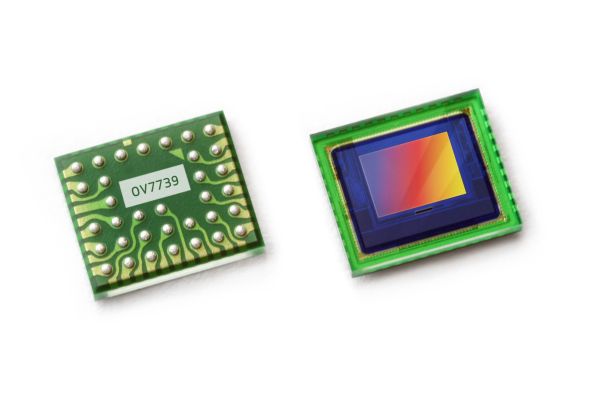
























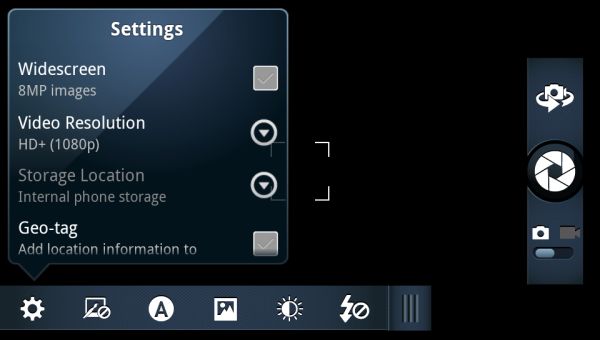






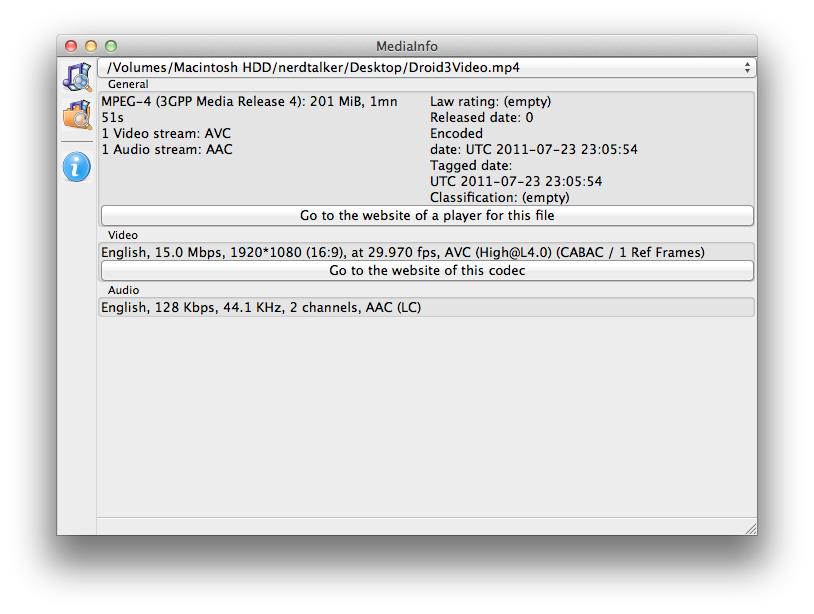








84 Comments
View All Comments
Myrandex - Monday, August 1, 2011 - link
5th row keyboard looks very nice. I did compare one in the store to my Touch Pro 2, and unfortunately I still have to side with the touch pro 2. I tried typing out a sentence and the button size of the touch pro 2 just seemed to reign supreme. It is in the right direction though!Jason Cook
Johnmcl7 - Monday, August 1, 2011 - link
That sounds promising, if they're going to make a Chinese version they may produce an EU version as well given they're producing the hardware anyway.John
aggiechase37 - Tuesday, August 2, 2011 - link
I have the D3. Couple things:1. Gingerbread keyboard does NOT come preinstalled, nor does Angry Birds.
2. I have issues with lag coming back to the homescreen. This is especially persistent with the camera app
3. I also have issues with framerate drops swiping through homescreens and the app drawer. Minor, but noticeable. Hardly as fluid as Anandtech boasts.
4. Something should be said about the screen being much more view-able in direct sunlight, moreso than any screen I've seen so far.
5. Camera lowlight conditions are considerably improved over D3's predecessors.
6. There are issues with the led flash causing a blue tint when snapping pics with NO light, like utter darkness. But seriously who does that?
7. 3rd party launchers are not compatible with Moto's widgets.
8. Moto's launcher eats 40mb's of RAM, seems a little excessive.
9. Task killer included on the phone. Is Moto insane???
relativityboy - Thursday, August 4, 2011 - link
I ordered one of these the day they came available. Coming from a rooted, very customized CM7 D1 I was a little underwhelmed. While there's no question the D3 is capable of more at the limit my D1* felt good in the hand. I don't care for the hard edges of the D3.
* had excellent performance (I lucked out - low voltage ChevyNo1 kernel @ 1.1Ghz). With swap and a fast SD chip I didn't have the launcher reloading all the time.
* had very good battery life (1.5-2 days of med/lite use)
* felt much smaller in the pocket
* actually had better performance in tasks like scrolling the contacts list, and rendering pages in opera/stock browsers
* The radios on the D1 have better reception. I'm not talking about bars on a screen or stats in a test bench. In my office people often complain about dropped calls, poor wifi in the bathrooms(yep), etc. I had no idea what they were talking about until I switched to the D3.
* the touch screen seems less sensitive that on my D1.
--
I'm sure some of my complaints are related to immature software, but things like radio reception shouldn't be related to that. I've had a number of kernel panics, and display resets.
Maybe I got a bad phone, but I'm not sold on the D3.
relativityboy - Friday, August 5, 2011 - link
Today I'm completely frustrated with this piece of bunk. Seriously. This phone is crashing, getting worse, can't get a GPS lock to save it's life.On the bright side, with the kinds of problems I'm having it might not all be buggy software.
amankumar - Thursday, August 4, 2011 - link
want some super cool android HD games to unleash its potential, here's the link:http://nitin-xyz.blogspot.com/2011/07/free-and-ful...
Death666Angel - Thursday, August 4, 2011 - link
Hey! I just wanted to comment on the last paragraph of this review. I personally had a Touch Pro 2, bought it in August 2009. It has a pretty good keyboard, when the reviewers are to be believed. And although the touchscreen was resistive and thus not as easy to navigate as modern capacitive touchscreens, I hardly ever used the keyboard. Unless you type unusually long emails or are in the business of typing up reports on your smartphone, the tradeoff you have to make for a keyboard smartphone isn't worth it in my opinion.My Galaxy S2 is hardly bigger (125mmx65mmx8mm) than the Droid3 and significantly lighter (117g). I probably wouldn't win a typing contest when we had to type a whole page. But SMS, comments, short email reply I'd win.
The only thing the keyboard on my TP2 was useful for was as a gamepad for my Mega Drive emulator. I played through Soleil on it. But I have already played through Legend of Zelda and am 80% through Secret of Mana on my SNES emulator on the Galaxy S2 using the overlayer gamepad. With some USB-host gamepad support it will be even better.
So, to summarize, I would never buy a keyboard smartphone again because the cons outweigh the pros for me. (Only the Playstation phone looked interesting....)
EEWdad - Sunday, August 7, 2011 - link
It is very refreshing to see a comprehensive and unbiased review of this update to the Droid 2. Many other reviews I've seen on web have largely dismissed the Droid 3 as a worthy product -- mostly due to the absence of 4G/LTE.It was nice to see AnandTech's combination of device performance metrics and hand-on impressions to used to objectively assess the capabilities of the Droid 3 -- much different outcome from the other reviewer's rather subjective opinions. From what I can see from this review, I think the hardware performance, 3-D interface, keyboard, web browsing, wi-fi, video, photos, phone voice quality and noise-canceling capabilties are pretty darn impressive.
My wife has had a Droid 2 for about a year now -- I think it's been a reasonably good smartphone. Since getting hers, I've been wanting one for myself; after reading this review, my confidence is high -- I've taken the plunge and ordered a Droid 3 for myself.
Please, keep up the good work!
2therock - Tuesday, August 9, 2011 - link
Cannot Wait For You To Get A BionicZaniyah - Friday, August 19, 2011 - link
I just love my Droid 3 and the navigation system on it works fantastic. The pictures are excellent. It took me a while to get use to it, but there were so many positives that outweighed the negatives. It is worth every dime I paid for it. Honestly, I love everything about my Droid 3.